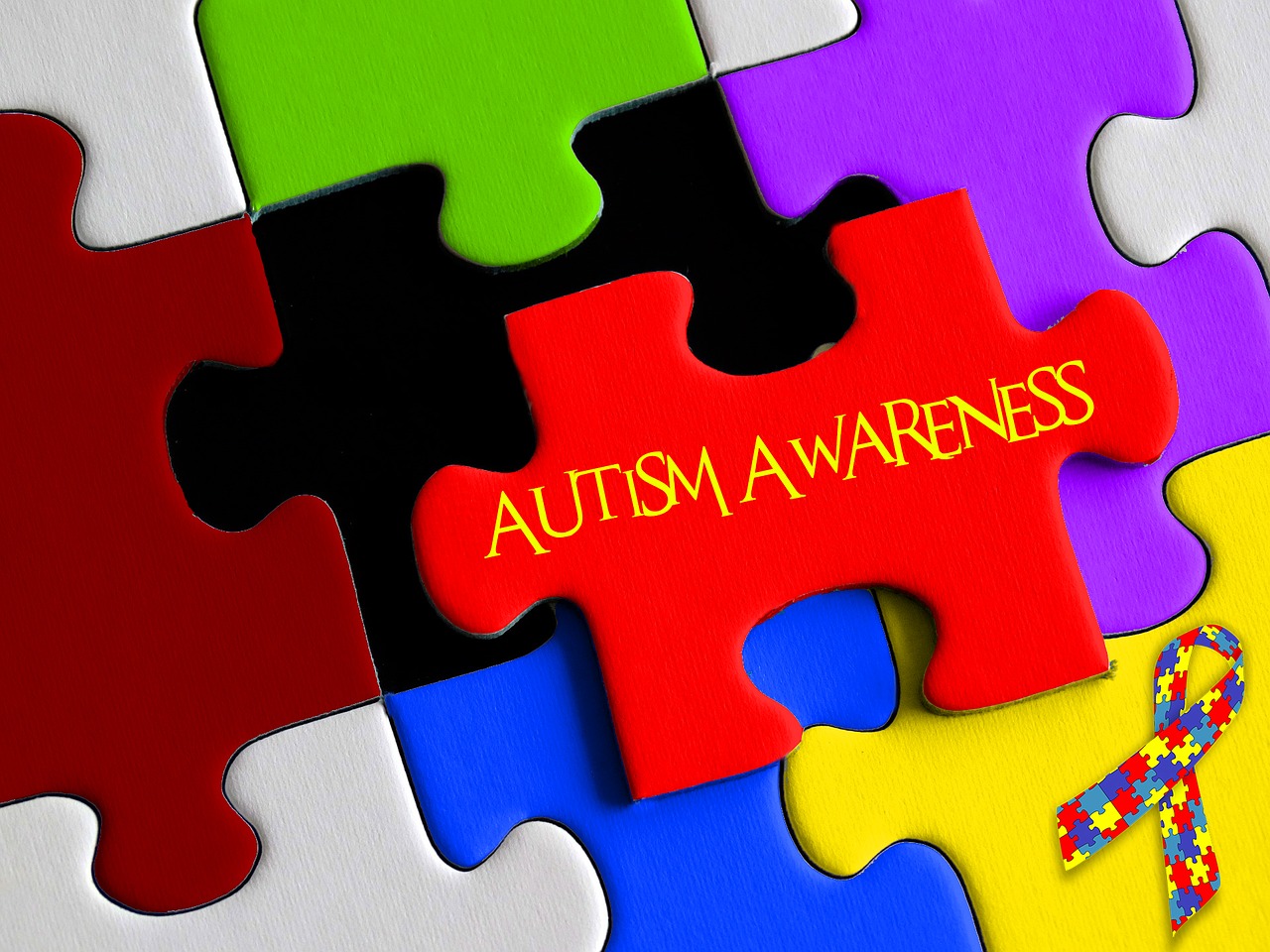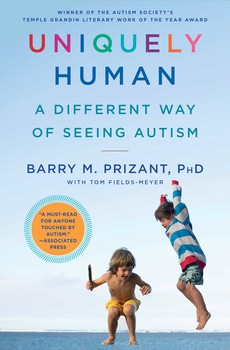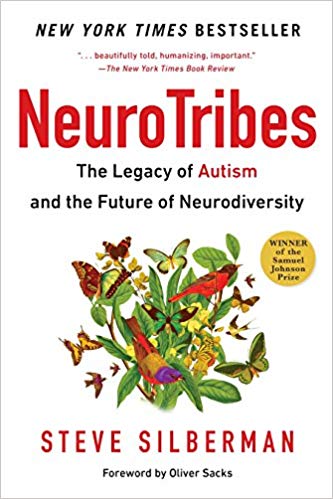
Image by karelinlestrange from Pixabay
Human behavior and the varied shades of it have fascinated the scientist, researcher, parent and the common man alike because it is almost as if one is peeping into the mirror looking at one’s own image. Abnormal and normal behavior is governed by so many variations and so many factors that it is truly a Herculean task to define “abnormal” behavior.
Interestingly the simplest implication of abnormal behavior is the inability to conform to what would be a logical reaction to a certain stimulus. This logical response would be that which most people would project under the given circumstances.
Study of human behavior has thrown into the foray, certain disorders which are more concerted, clinical governed and which need to be addressed. One such disorder, which now needs pertinent understanding and holistic education is Autism. There is also a very immediate requirement to take concrete steps to integrate autistic individuals into normal society and accord them with the dignity and respect they so richly deserve. To work towards this endeavor, there is a need to have at least an overview of the condition albeit brief, and that is the objective of this write-up.
Autism is a multifaceted clinical condition governing both the neurological profile and behavioral anomalies. The autistic individual tragically is ridden with totally “simple” life skills. However, collectively these become so tangible and large in dimension that they could be placed under the category of symptoms. These shortcomings include problems in social interaction and communication skills combined with a rigid and almost habitual repetitive behaviour pattern. In medical terms, this condition is now called autism spectrum disorder (ASD) because of the varied hues encompassed in it. The disorder includes a sizeable spectrum of symptoms, life-skills, and levels of sub-normalities in the individual. ASD ranges in severity from a handicap that somewhat limits an otherwise normal life to a serious perennial disability which may need constant, rigorous and professional caretaking in an appropriate institution.
Autism manifests itself in early childhood and attentive parents usually notice signs during the first three years of their child’s life. Children are often detected with an abnormally “trance-like” expression on their face and they have very limited facial reactions to any and every occurrence around them. An ability to narrate, communicate and converse is sadly almost absent in many children. This leads to isolation of the child which may be a very significant social obstacle.
If the child is made available, early behavioral assistance and psychological interventions like speech therapy and confidence-building exercises, the child with autism can gain a sense of much-needed self-worth. Compounded with that, self-care, social, and communication acumen and a vast improvement in the personality would result in the child building a better foundation for future life.
The condition of Autism is a stark and defeatist one and there is no known cure however, there have been cases of young subjects who recovered. When individuals with this condition progress to adulthood it is practically not possible to live an independent life after reaching adulthood.
The most important aspect of autism is how the society and family view the autistic individual including accepting them unconditionally with their existing condition. There is a dire need for all-round education of “normal” individuals who would come in contact with the autistic child beginning with the parents, siblings and extended family members. Each of these components forms a pivotal pillar in providing the child a proper quality of life which he is entitled to and richly deserves. Empathy, inclusiveness of emotional bonding and a chance to project the latent talent which they certainly have but that is not expressed due to their condition are some.
According to a research endeavor carried out in 2015, autism is estimated to affect 24.8 million people worldwide. Such an important and serious impairment of health is a societal concern, beyond racial, geographic and gender boundaries. Hence, concrete efforts are being made globally to address the various aspects of the lives of autistic individuals with the view of providing them with the required empathy and inclusiveness and a very emphatic humanitarian approach.
Studies and efforts in this direction are ridden with many obstacles, which are not unsurmountable but they do present a challenge. Firstly, the disorder itself is highly variable in its prognosis and deterioration of the mental profile of the individual, or ironically, the improvement of the same are both due to factors unexplained as of now. What is really interesting is that such individuals may be decidedly better endowed in many ways to normal subjects and could indeed be gifted and talented. Parents admit that during the developmental years, there are such significant advances in the mental and physical growth pattern of their autistic child, that it becomes difficult for them to accept the painful fact that indeed their child is abnormal.
Social skill anomalies and lack of intuitive and perception oriented skills are two very major features of this disease.
Noted autistic Temple Grandin’s description of herself as feeling”like an anthropologist on Mars” touchingly relates to her inability to understand the social communication of neuro-typicals or people with normal neural development and profile. Unfortunately this inability to connect often generates a sense of frustration which may manifest itself in aggression and anger mismanagement.
Another aspect of approximately 30-50% of individuals with autism is that they cannot meet their daily communication needs due to a lack of natural speech development. They may also generate a condition known as echolalia which is defined as simply repeating someone else’s words without understanding them.
A sense of imagination, inherent creativity and an ability to think outside the box are all very wonderful aspects of a normal child’s growing up “kit’. However, they are sadly missing from the autistic child’s skillset.
Behavior patterns of individuals with autism include traits like compulsiveness, stereotypic patterns of self- conductance, a very protracted resistance to change, the ritualistic and fussy methodology of behavior and even tendency towards self-injury. Sensory mechanisms are also not very ideal, hence, the approach to food and the finer aspects of living are also lost.
If one has to delve into the causes of this disorder, then the understanding that Autism has strong genetic undertones, cannot be ruled out. Many factors related to the mother’s profile and the nature of maternal nutrition and inflammation during preconception and pregnancy influence fetal neurodevelopment and may be assigned as causative reasons for Autism.
Diagnosis is based on behavior patterns and not cause or mechanism. The strategy of medical and psychological treatment is based on interaction, interviews, observation and then application of a rating scale to the diagnosis. If the diagnosis is positive, then a very structured and intense regimen of counseling sessions are undertaken for the parents and the immediate and extended family so that they are made abreast of how to manage the individual with all fairness and care. The individual has to be assigned to constant governance and follow-up treatment.
Tools like genetic counseling and technology, population genetic studies and well thought out and ably executed research efforts world over are adding to our knowledge of Autism. A proposed classification of the variants of the disease, prevention of over-diagnosis or under-diagnosis, early screening, prevention, and management are some pertinent areas that are being addressed. All in all societal education and awareness about autism is the need of the hour.
I have managed to touch very briefly on the labyrinth of autism in this article. However, I would like to end on a positive note by citing a very wonderful example of the dedicated efforts being put in for the improvement of the Autistic individual’s life and aspirations. It is a brief mention of an Institute in Andheri West, Mumbai, called the Organization for Autistic Individuals. I had the privilege of speaking to one of the trustees of the organization, Mr. Bajpai. It was indeed very humbling to recognize the single-minded dedication and sense of purpose with which the trust runs the organization. The various programs, rehabilitation projects and societal inclusion efforts that this organization routinely executing are a very indicative example of a ray of hope for autistic individuals.
The author acknowledges the use of authentic medical literature to structure this article.
No content/material in this site, products or services is intended as a substitute for, medical advice, diagnosis or treatment. You should always talk to health care providers/ professionals for medical advice, diagnosis, or treatment
Sign up for the QuackTrack.org newsletter below!
















